
What has ViN achieved in Children’s Development Program by now?
Children's Life Skills Facilitation
Child Protection
T. Beneficiaries
Children's Education Sponsorship
Teachers' Development
Early Childhood Education
Infrastructure Development
Facts about the Children Development Program
The basic need for children development program is because of these facts about Nepal. Nepal is one of the poorest countries in the world, with approximately 25% of its population living below the poverty line. Therefore, the fundamental rights of many community children are often not met. Most children in rural communities aged 3 to 5 do not have quality education. About 5% of children never go to school.
The children who go to school drop out of their school education before completing high school. Only 46.2% of children complete their high school education. They instead help at home, support household chores, and babysit while their parents work on the farm. 37.4% of children aged 5 to 17 are involved in employment labor, with a significant proportion working on their family farms. 26.3% of children aged 10 to 18 are married or in union with their partner. So The Children’s development is not much in place.
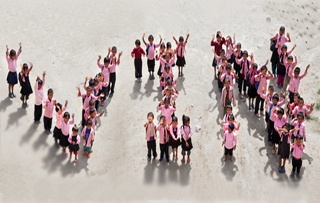
The schools themselves lack proper facilities, and the majority of the teachers are either not trained, under-trained or not motivated for the teaching profession. There is still the practice of corporal punishment in some schools, and, in worst-case scenarios, children end up in the street and abused. So The Children’s development program is essential.
Goals of Children Development Program
The goal of the Children’s Development Programme is to improve a child’s holistic development – physical, mental, social and creative. And also to ensure the fundamental rights of a child. The project provides an opportunity for every child to attend school. Every child will have the chance to learn life skills and creativity.
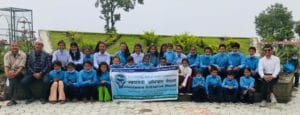
Our Children Development Program supports the promotion of the rights of all children in the community by providing access to primary, quality education, developing their life skills and creativity, and providing access to health services. The goal links with the Sustainable Development Goal (SDGs) 4 of the United Nations. So we work with children aged 3 to 15 from the marginalized and disadvantaged rural communities in Nepal.
How does VIN implement Children’s Development?
Children’s Development is one of the effective programs for holistic and integrated community empowerment approaches. This holistic approach follows the guiding principles of the Convention on the Rights of the Child (CRC -1989): the right to Survival, Protection, Development, and Participation. We achieve the goal of child development through the following projects:
Early Childhood Education:
VIN facilitates over 55 Early Childhood Development Centers (ECD) in Okhaldhunga, Kathmandu, and Nuwakot. The facilitation involves building classrooms, providing furniture and resources, recruiting and training local volunteers and teachers, developing curriculum, textbooks, and teaching resources, supporting parents with their own and their children’s education, and following up and monitoring the impact of our work.
Child Education Sponsorship:
We ensure every child can attend school by providing education sponsorship for children from low-income families of disadvantaged communities. The support is only available for those children who cannot afford to buy school supplies and uniforms or pay school fees.
Children’s Club and Life Skills:
To facilitate children’s life skills, we set up children’s clubs in each partner school and train club members to manage and run the clubs. These clubs are great platforms for children to develop and practice essential life skills, including questioning, decision-making, problem-solving, and creativity, undertaking projects and tasks independently and with others, and becoming independent, tolerant, and happy young people. The clubs organize inter-school and intra-school activities and competitions. The children’s clubs also produce magazines from children development program literature to promote children’s creativity. By including other stakeholders, such as parents, teachers, school management, and local government, we consider the children’s best interests.
Child Protection:
Working with local schools, we organize sessions developing awareness and understanding of issues relating to child protection to promote the right of all children to learn and grow in a safe and secure environment at home and school.
Working for street children:
Many organizations have been working to address the issue of children. Volunteers are deployed at drop-in centers to work with the children rescued from the streets of Kathmandu and other cities. Compared to the past, the number of children has declined on the road.
Teacher’s Development:
Central to improving educational opportunities for all children is through a quality teaching/learning process. Many teachers in Nepal lack essential training and ongoing development, but teachers who have been trained and continue to develop their skills tend to deliver effective and child-friendly teaching. Working alongside skilled volunteers and like-minded partners and charities, we train hundreds of teachers every year in child-friendly methodologies and encourage ongoing development and sharing of good practices among teachers.
Parenting Education:
The role of parents is pivotal in increasing school attendance rates. In marginalized rural communities, many children are not attend school or drop out early from school. Through organizing and running parental education opportunities, we have helped raise awareness of the importance of children development program, improving attendance and performance rates as a consequence.

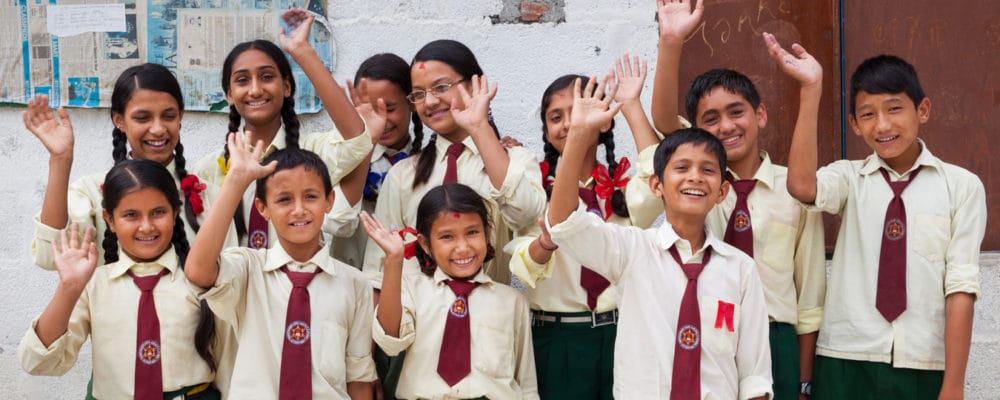
 Intern
Intern Donate
Donate Sponsor a child
Sponsor a child Partner
Partner Promote
Promote Fundraise
Fundraise Fellowships and staff exchanges
Fellowships and staff exchanges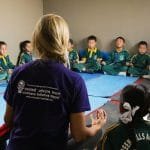
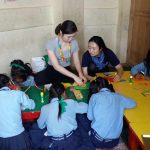
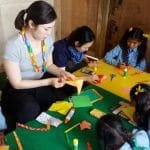
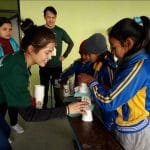
 Member of
Member of